Building a new passenger terminal takes 2-3 years to complete. In the same time or less, a private enterprise can complete an international standard airport.
The socialization and mobilization of private resources to participate in the construction of large-scale transport infrastructure such as airports, trains, highways, seaports, etc. is showing outstanding effectiveness.
Private sector builds "lightning-fast" airport
According to the Ministry of Transport, the investment project to build Terminal T3 - Tan Son Nhat International Airport to reduce the load on Terminal T1 is expected to take 24 months to complete, starting from the date of handover of the site and commencement of construction. The project will start in December 2022 and is expected to be completed on June 15, 2025. However, the Prime Minister has directed to shorten the progress and complete it before April 30, 2025.
Previously, Terminal T2 - Noi Bai International Airport was started on December 4, 2011. The project had an investment of nearly 1 billion USD from ODA loans from Japan. After nearly 3 years of implementation, the project was completed and put into use in early 2015, but is currently in a state of overload when the passenger volume in 2019 reached 11.4 million, exceeding the original design capacity (10 million passengers).
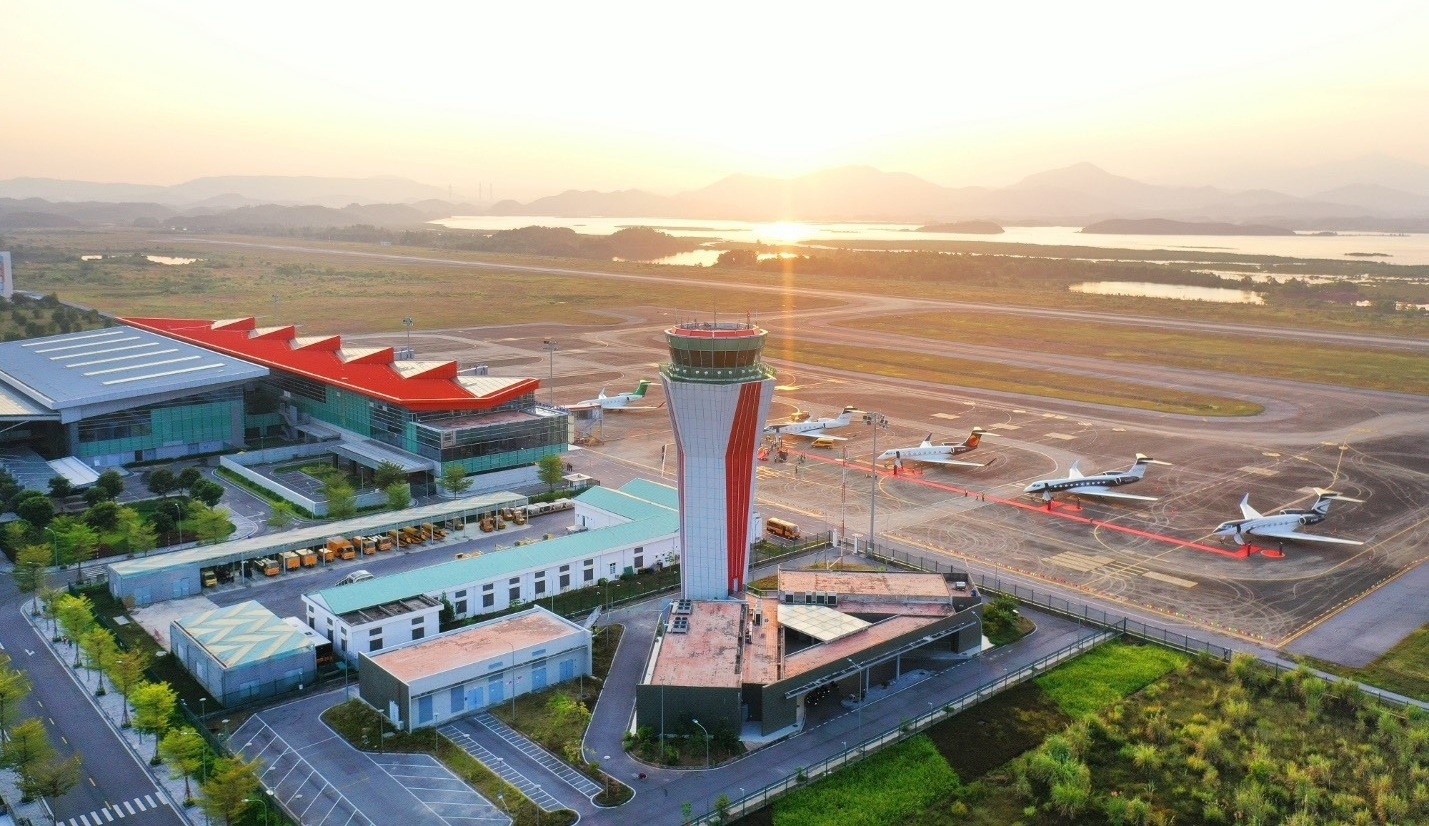
Meanwhile, Van Don International Airport - the first airport developed by a private enterprise in Vietnam, was constructed "at lightning speed" in less than 2 years (from 2016 to 2018). At the time of inauguration, Van Don Airport was capable of receiving large aircraft such as B777, B747, A350, which only large international airports such as Tan Son Nhat, Da Nang, Noi Bai, Can Tho could meet.
Compared to the previous 21 airports in Vietnam invested by the State, Van Don is a special case. The investorSun Group is also the unit operating and exploiting this airport. Van Don Airport opens a new miracle in Vietnam, when private enterprises can well handle difficult fields that seem to be only assigned to State enterprises.
Looking at the world, since the 1980s, the wave of airport privatization has "swept" across America and Europe. In Asia, this wave came later, but China has caught up with the trend by privatizing Beijing International Airport. Thailand also assigned the investment in Koh Samui, Sukhothai, and Trad airports to Bangkok Airways. Cambodia granted the right to operate the three largest airports in Phnom Penh, Siem Reap, and Sihanoukville to ADP-M Group (France). The United States - a country of 345 million people (a population more than 3 times that of Vietnam) has more than 19,600 airports. Of these, nearly 5,100 are public airports and more than 14,500 are private airports.
Handing over the airport to private enterprises: Profitable in every way
According to experts, private participation in airport investment and operation brings many benefits to all parties including the State, businesses and passengers using the service.
Architect Tran Ngoc Chinh, Chairman of the Vietnam Urban Planning and Development Association, who attended the inauguration of the three major transport projects “air - water - land” in Quang Ninh province at the end of 2018, commented: “The private sector has completed very difficult projects, quickly, effectively and with high aesthetics. The three major infrastructure projects in Quang Ninh have good planning, high quality and great motivation.”
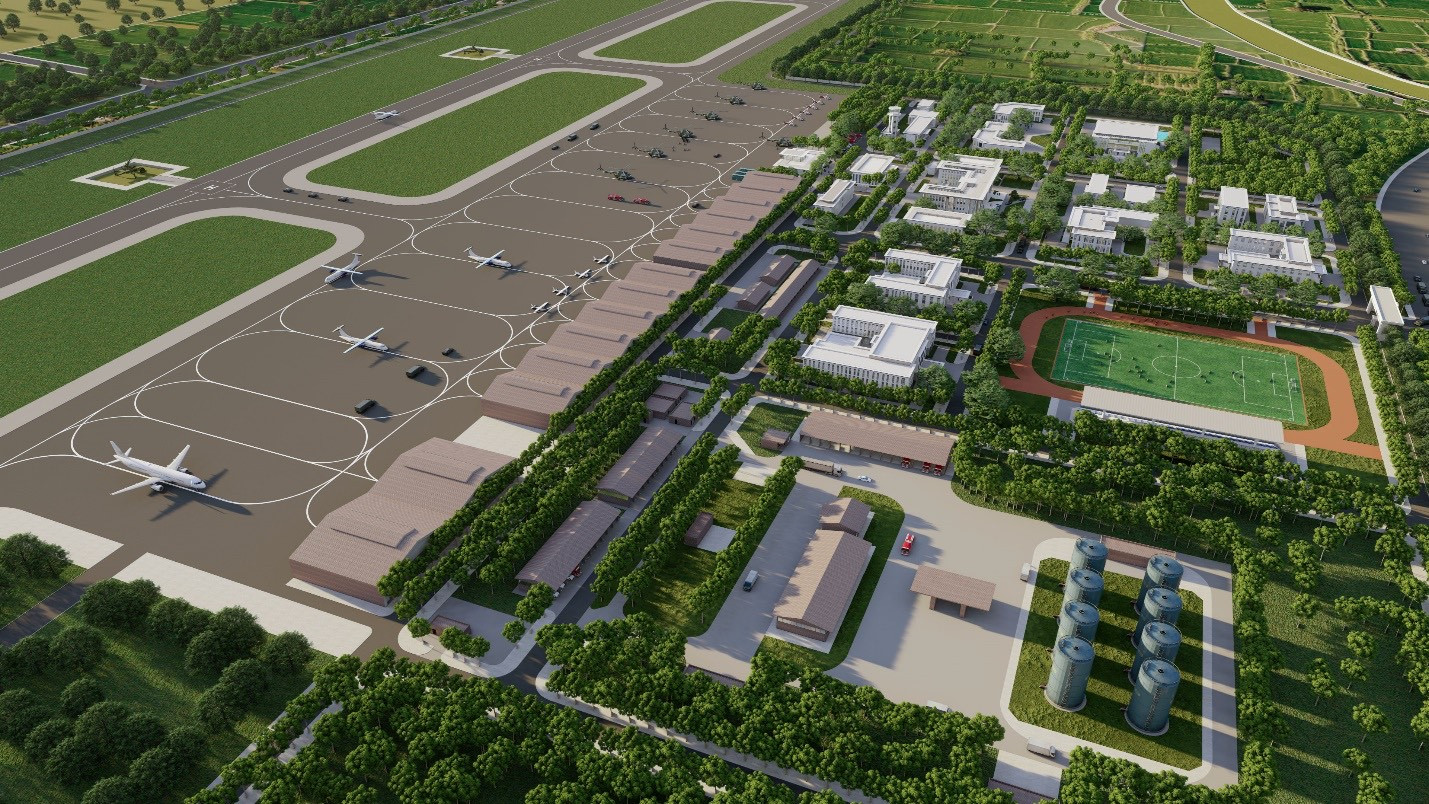
“Investing in new airports often takes many years. New aviation infrastructure investment projects since 1975 in our country are still very limited. The brightest spot among them is Van Don International Airport in Quang Ninh. The implementation time of only 24 months is also a record, requiring great investment and determination, especially on a complex terrain, full of hills and swamps,” Mr. Chinh assessed.
Vietnam currently has 22 airports, serving 100 million passengers per year and will increase to 33 airports according to the plan, which are identified for joint military and civil use. Many airports are also being proposed for study and inclusion in the plan, such as Mang Den and Van Phong airports... With a terrain stretching from North to South, adding airports to connect trade, transport, promote economy, tourism, and enhance destinations is necessary. In particular, airports also meet the requirements of national defense and security, relief and rescue in natural disasters, pandemics, and serve economic development...
Mobilizing the private sector to participate and share this responsibility is an inevitable trend. Recently, the State and the Ministry of Public Security have also assigned the construction of Gia Binh Airport (Bac Ninh) to Sun Group. Gia Binh Airport is being considered for addition to the planning, upgrading to a 4E-scale airport; expected capacity of 3-5 million passengers/year, serving international diplomatic delegations, transporting passengers and goods with a runway length of up to 4.5km to accommodate the world's largest aircraft. In particular, Sun Group is committed to completing the construction of both phases of the airport within 12 months. At the groundbreaking ceremony of Gia Binh Airport project in December 2024, the Prime Minister also expressed his confidence in the project implementation with "3 best", including: Fastest time, best quality and cheapest price.
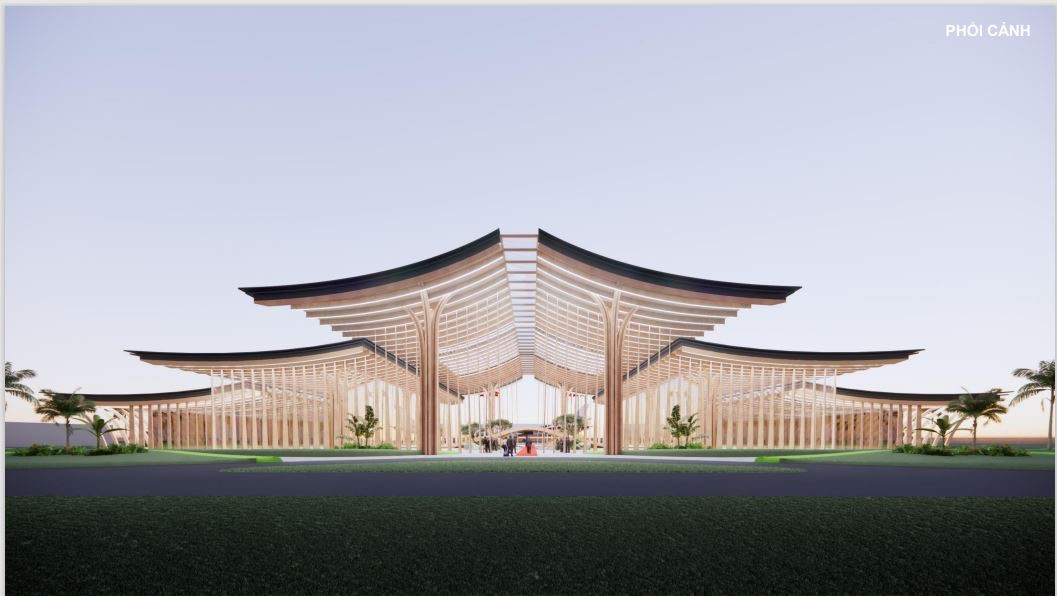
Architect Tran Ngoc Chinh is optimistic that if successful with the commitment of progress within 12 months and good quality, this project will continue to strengthen confidence in the capacity of Sun Group in particular and Vietnamese private enterprises in general in infrastructure investment and key national projects.
According to experts, private enterprises building airports helps improve the competitiveness of the domestic private economic sector - a part that plays an important role in the national economy. To call for the contribution of the private economic sector, the State needs to have more appropriate policy mechanisms, creating motivation and conditions for Vietnamese private enterprises to participate in investing in key infrastructure projects, including airports. From there, quickly modernize the transport infrastructure system, moving towards strongly exploiting "space" under the direction of the head of the Government.
Le Thanh
Source: https://vietnamnet.vn/doanh-nghiep-tu-nhan-lam-san-bay-ky-tich-ve-tien-do-va-chat-luong-2361135.html


![[Photo] Prime Minister Pham Minh Chinh chairs conference to accelerate disbursement of public investment capital, deploy key projects and eliminate temporary and dilapidated houses](https://vphoto.vietnam.vn/thumb/1200x675/vietnam/resource/IMAGE/2025/6/23/fcb205e3ca19432eac326f55123308f4)
![[Photo] General Secretary To Lam works with the Party Committee of the Fatherland Front and Central organizations](https://vphoto.vietnam.vn/thumb/1200x675/vietnam/resource/IMAGE/2025/6/23/a252b388e91447ac8fabf948c00f2a21)
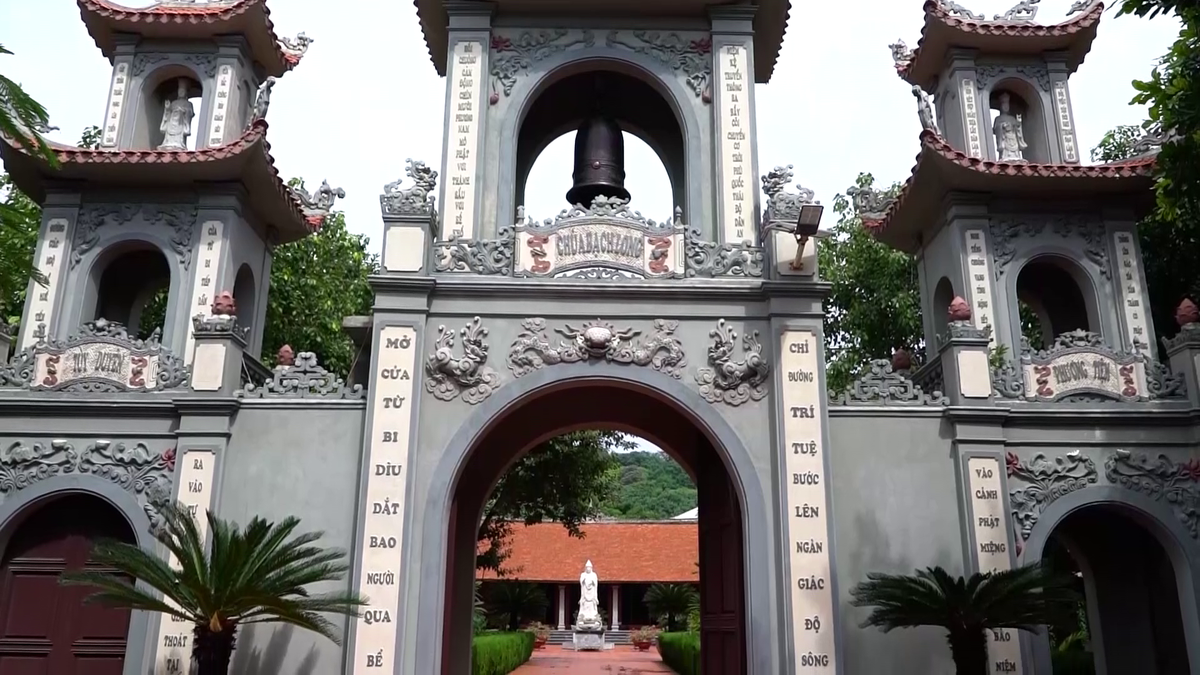


![[Photo] Prime Minister Pham Minh Chinh chairs national online conference on new rural construction and poverty reduction](https://vphoto.vietnam.vn/thumb/1200x675/vietnam/resource/IMAGE/2025/6/23/0d239726be21479db1ea6d8d77691a6d)
















































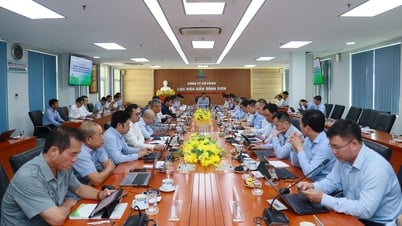
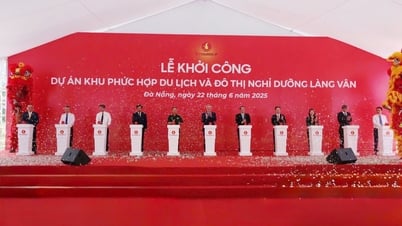
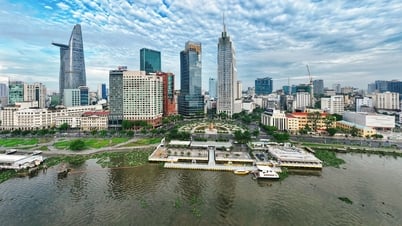

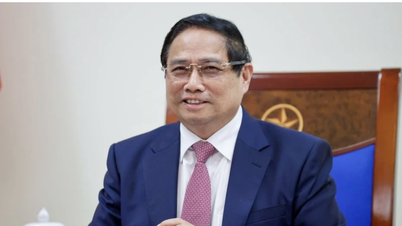

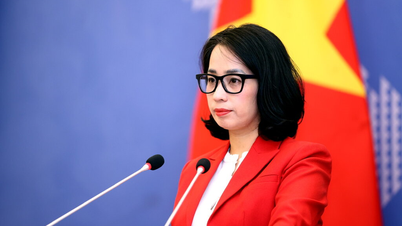








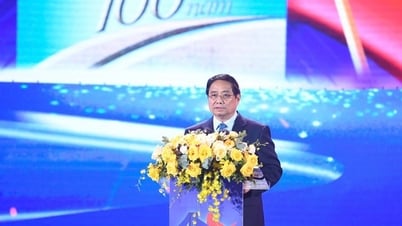
![[Infographic] Party Committee of the Ministry of Culture, Sports and Tourism: Marks of the 2020 - 2025 term](https://vphoto.vietnam.vn/thumb/402x226/vietnam/resource/IMAGE/2025/6/22/058c9f95a9a54fcab13153cddc34435e)



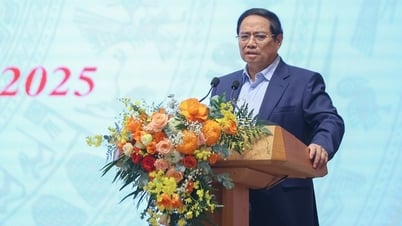

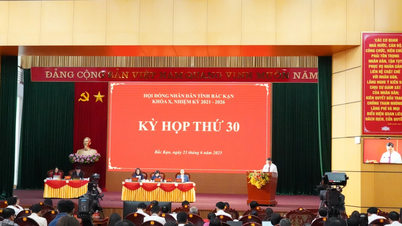


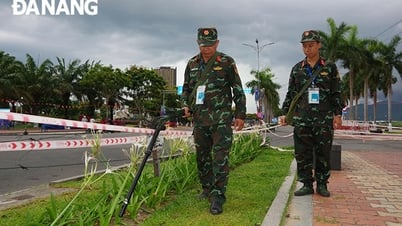












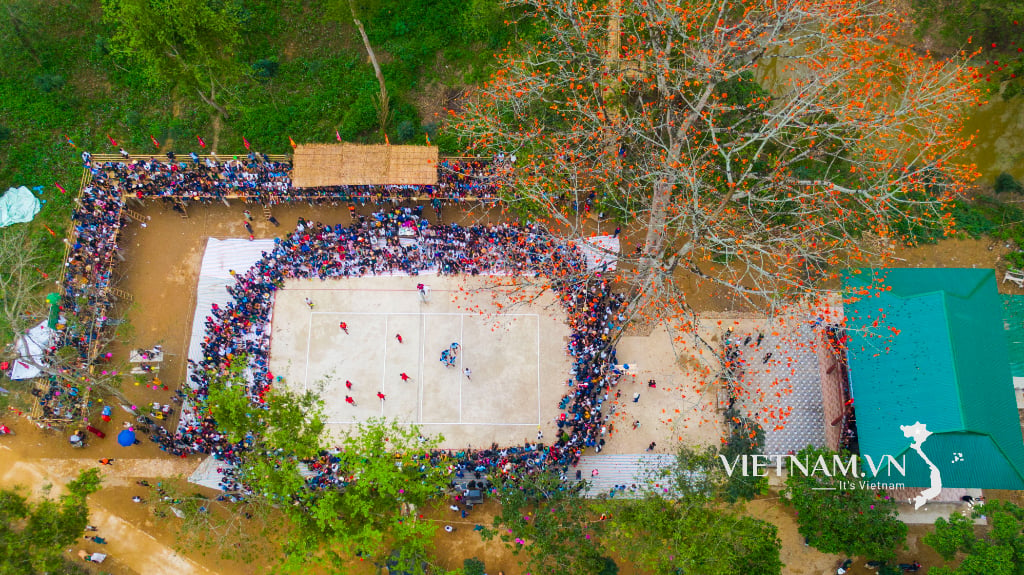


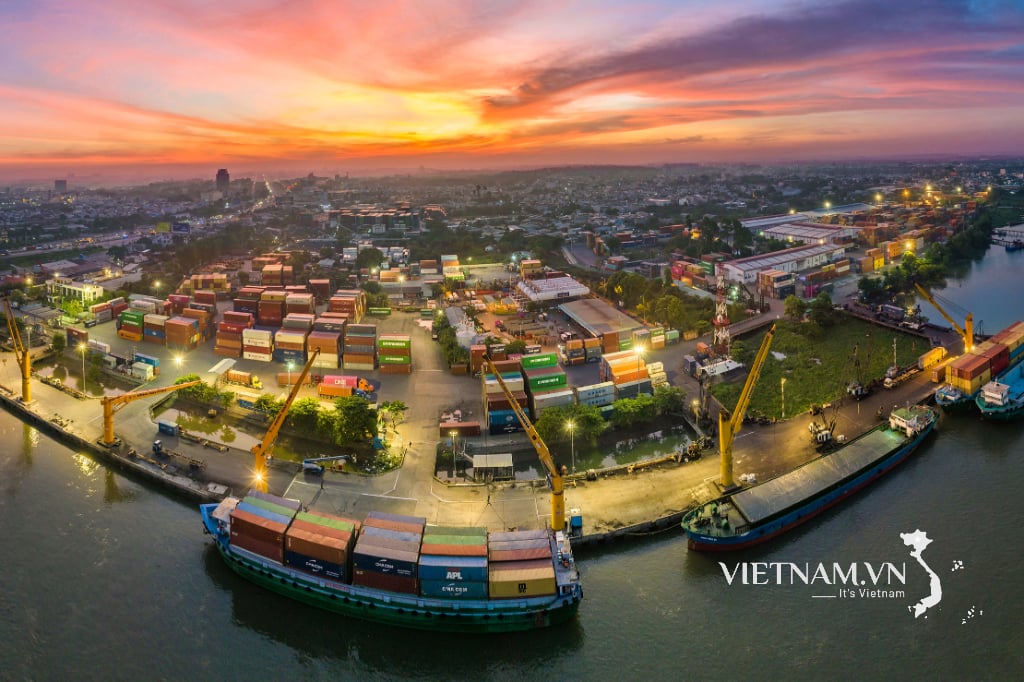
Comment (0)